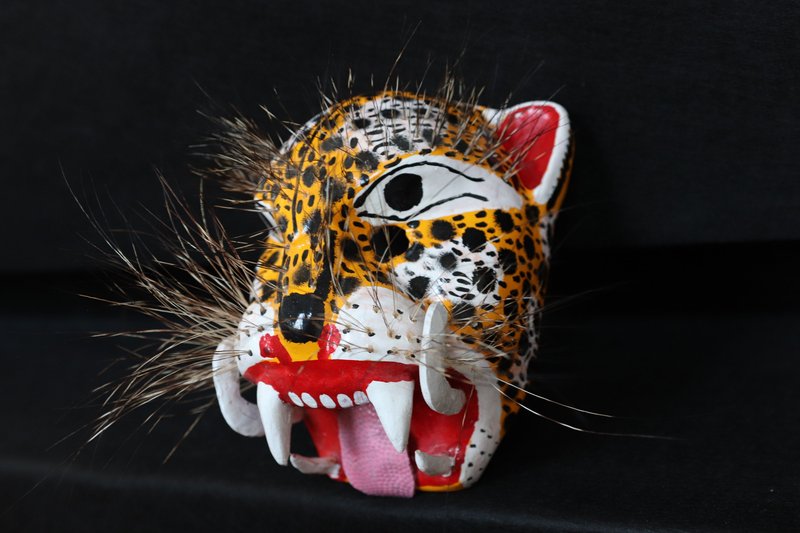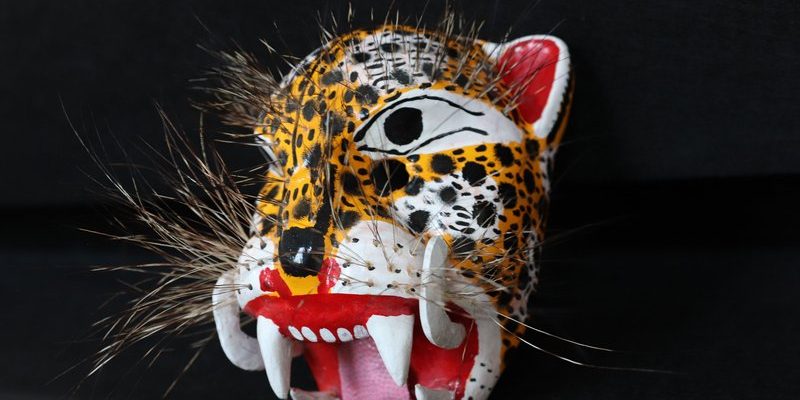
In many ways, the jaguar serves as a bridge that connects cultures, symbolizing shared values and beliefs about life, death, and the natural world. Whether it’s the reverence of the indigenous tribes in the Amazon rainforest or its appearance in contemporary pop culture, the jaguar continues to inspire awe and respect. Let’s dive into how this extraordinary animal is represented in various cultural contexts and folklore.
Jaguar in Indigenous Cultures
The jaguar has long been revered by indigenous cultures in Central and South America. For the Maya and Aztecs, it wasn’t just a powerful predator; it was a divine symbol. The jaguar was often linked to the underworld and was believed to be a guardian of the afterlife. It represented strength and bravery, attributes that were highly sought after by warriors and leaders.
To the Maya, the jaguar was intricately connected to the night, darkness, and the cosmos. They often depicted the jaguar in their art, making it an emblem of power and ferocity. In rituals, shamans would sometimes wear jaguar skins to embody the animal’s strength, believing it would bestow them with the jaguar’s powerful spirit during ceremonies. This connection underscores how the jaguar’s presence isn’t just physical; it resonates deeply in spiritual practices.
Moreover, the jaguar’s role extends to storytelling, where it often appears in fables and myths. These narratives reflect the jaguar’s characteristics and teach lessons about life, death, and the balance of nature. This rich tapestry of stories shows just how significant the jaguar is in preserving cultural heritage and maintaining a connection to the earth.
The Jaguar in Art and Literature
Art and literature have long been mediums through which the jaguar’s essence is captured. From ancient carvings to contemporary paintings, artists have depicted this big cat in various forms, each trying to capture its beauty and prowess. The strength of the jaguar often symbolizes the untamed aspects of nature, making it a favorite subject for wildlife artists.
In literature, the jaguar is frequently portrayed as a majestic creature, embodying themes of survival and resilience. Authors and poets often use the jaguar to evoke imagery of the wilderness, highlighting its solitary nature and fierce independence. For example, in many stories, the jaguar is depicted as a clever hunter, a representation of natural instincts that resonate with us on a primal level.
Furthermore, the jaguar’s symbolism transcends mere representation; it often serves as a metaphor for human traits. In various tales, a character may embody the qualities of the jaguar—courage, cunning, and strength—making it relatable to readers and illustrating deeper human truths. Through both visual art and written word, the jaguar continues to inspire creativity, allowing cultures to express their appreciation for this mighty cat.
Folklore and Myths Involving the Jaguar
Jaguar folklore is rich and diverse, with stories that vary from one culture to another. In many Central and South American myths, the jaguar is often seen as a mystical being, frequently associated with the gods. For instance, in some Amazonian tribes, it’s believed that the jaguar is the protector of the forest, a guardian that ensures balance among all living things.
One famous myth tells the story of a jaguar that transforms into a woman, who then becomes a powerful figure among humans. This shapeshifting aspect highlights the jaguar’s duality—its physical strength and its spiritual significance. Such stories often serve to explain natural phenomena or teach moral lessons, reminding us of the interconnectedness of life and the importance of nature.
Additionally, many indigenous groups also celebrate the jaguar in their ceremonies, invoking its power through songs and dances. These traditions not only honor the animal but also reinforce its significance in maintaining social bonds and ensuring the continuity of cultural practices. The jaguar becomes more than just a creature; it’s a symbol of identity and heritage.
Modern Representations of the Jaguar
In today’s world, the jaguar continues to influence various aspects of culture, from fashion to popular media. You might have noticed the jaguar appearing as a fierce mascot for sports teams or in logos for brands that want to convey strength and agility. This modern representation often strips away some of the cultural significance, focusing instead on the visual impact of the jaguar’s beauty.
Movies and television shows also depict jaguars as symbols of power. They often appear in documentaries highlighting their incredible hunting skills or as characters in animated films that showcase their adventurous spirit. While these portrayals can raise awareness about conservation efforts, they sometimes lead to misconceptions about the jaguar’s nature.
Despite this, the jaguar’s image remains one of wild beauty and strength. Many conservation groups use its popularity to raise awareness about habitat destruction and the urgent need for preservation. By connecting people to this majestic creature through modern media, there’s hope that more individuals will join efforts to protect not only the jaguar but also the ecosystems it represents.
Jaguar as a Symbol of Strength and Resilience
Across cultures, the jaguar is often viewed as a symbol of strength and resilience. This interpretation stems from its physical prowess as the third-largest big cat in the world, but it also speaks to its adaptability in the wild. Jaguars can thrive in various habitats, from rainforests to deserts, showing their ability to overcome challenges.
This symbolism resonates deeply with people. In times of hardship, many cultures reference the jaguar’s strength as a source of inspiration. Phrases like “be strong like a jaguar” are common, encouraging individuals to embrace their inner resilience. This is especially significant in indigenous cultures, where the spirit of the jaguar is invoked for protection and guidance during difficult times.
Moreover, the jaguar’s solitary nature serves as a reminder of the importance of self-reliance. In many stories, the jaguar represents the idea that one can face challenges independently, emphasizing the strength that lies within. By embodying the qualities of the jaguar, people find empowerment and a sense of purpose in their own lives.
Environmental Significance of the Jaguar
Today, the jaguar faces numerous threats, mainly due to habitat loss and poaching. This puts the environmental significance of the jaguar into spotlight. As a top predator, the jaguar plays a crucial role in maintaining the health of its ecosystem. Its presence helps control populations of other species, which in turn supports biodiversity.
Conservation efforts surrounding the jaguar highlight its importance beyond just a cultural icon. Many organizations work tirelessly to create protected areas where jaguars can roam freely. These initiatives not only seek to preserve the animal but also the intricate web of life that depends on it.
In folklore, the jaguar is often connected to the health of the land. Many believe that if the jaguar thrives, so will the forest and all its inhabitants. This idea echoes through indigenous beliefs and modern conservation; both recognize that the fate of the jaguar is directly tied to the health of the environment. Protecting the jaguar isn’t just about saving a species; it’s about preserving an entire ecosystem for future generations.
As we explore the intricate relationship between the jaguar and various cultures, we see how this magnificent creature inspires tales, art, and deep respect for nature. The jaguar is more than just a big cat; it’s a powerful symbol of strength, resilience, and the interconnectedness of life. Whether revered in ancient myths or celebrated in modern culture, the jaguar remains a vital part of our world, reminding us of the importance of protecting both it and the rich ecosystems it inhabits.

